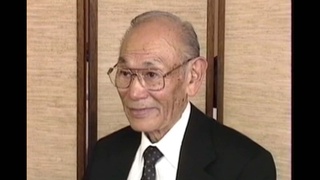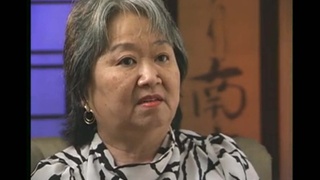Interviews
Traveling from Manila to Tokyo
They took us out to the airport. I said, “Wow, where am I going to go out to the airport?” There’s a plane sitting out there, and here come some other trucks. There were, oh, I’d say about twenty of us got on that plane. The officer came aboard, he was a lieutenant. No high ranking officer. And we didn’t say a word, nothing to him. He said, “I bet you all want to know where we’re going.” He said, “I don’t know where we’re going either. And I hope the pilot knows where we’re going.” But he says, “As soon as we get off the ground, I can open up my orders.” So he opened it up about, it could have been a half an hour later, after we were up in the air. He says, “We’re going to Tokyo.” I said this guy is pulling our leg, going to Tokyo. That would be the last place you’d think we’d go. That’s where we ended up, we went to Tokyo.
Date: February 6, 2015
Location: California, US
Interviewer: John Esaki
Contributed by: Watase Media Arts Center, Japanese American National Museum







